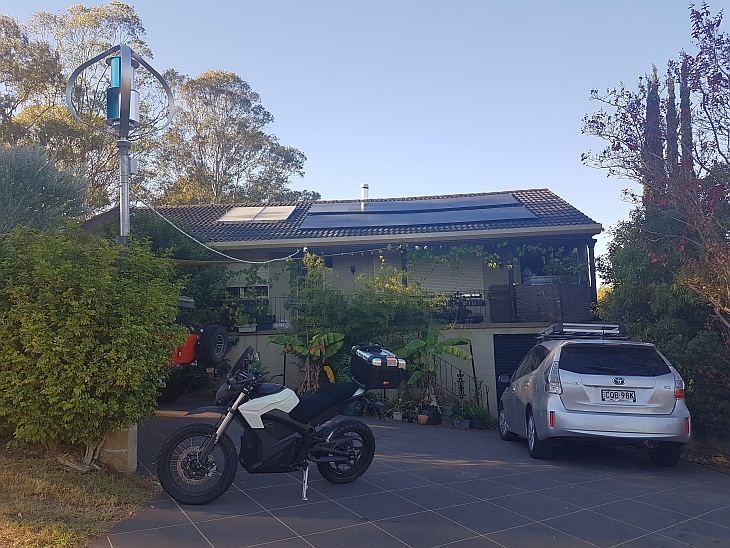
Urban Tilba is the name of the Haydon family home in the middle of Sydney, Australia; a home with the desire to be a demonstration site for sustainable living and grid independence within the city. That was the original plan. However, plans have a habit of working against you sometimes – even if they work out in the end.
There’s a moral to this story though; you be the judge.
All is not as it seems
The Haydons ordered what they thought was a quality solar system.
- Nickel-Iron batteries
- CIGS solar panels
- Victron MPPT solar charge controller
- Victron inverter/charger
Everything turned up except the Victron inverter/charger. In its place was another make, which the salesman said was ‘just as good’.
Reassured Mike Haydon set about installing and commissioning the system. He freely admits it was a terrible experience as the non-Victron inverter/charger was not doing what he was told it would do and the system was not performing as it was claimed it would on paper. After months of testing and frustration, Mike discovered the inverter/charger was using more than 50% of their daily energy production!
An additional problem was the inverter/charger low voltage setting, which was not low enough for the Nickel Iron battery technology. Mike decided the best way to solve the problem (in the short term) was to add more solar panels until the inverter/charger issue was resolved.
Out with the old
After months of negotiating with the salesman, Mike finally got the company to supply the Victron Multiplus which had been ordered in the first place.
After swapping out for the new Victron unit (shown above) here’s what Mike had to say:
“Life changed forever at that point, what a difference!
The Victron Multiplus has a very wide voltage range of 9.3 – 17 volts for the 12-volt system, which then allowed us full access to the battery capacity. Added to that the inverter itself was no longer consuming all the energy just to run the lights, as it had with the other make.
From struggling to keep the lights on each week, we then had so much extra energy we needed to find a way to use it – so we purchased an electric motorcycle.”
Riding on sunshine
The Haydons now have around an extra 5-10 kWhs per day so Mike’s Zero electric motorcycle (shown in the headline image above) is used to store that extra energy when the domestic batteries are full, rather than feeding it back to the grid. Now the Zero (and Mike!) can travel around 400 kilometres per week purely from their home generated solar energy.
In fact, as all that riding is powered by the sun maybe Mike’s Zero should be painted yellow, just like this 2016 Zero S model shown below…
System components and testing
The Haydon home is a normal house which is full of energy efficient appliances plus air conditioning, a dishwasher and even an electric welding unit which can run from the system. When going off the grid these latter items are often run from a generator, but in this case the house runs through the Victron MultiPlus with the exception of one aircon unit and the electric oven which are connected directly to the mains grid.
The system (at present) has 5kWp of CIGS solar panels on the roof, two Midnite solar charge controllers, a 3,000VA Victron Multiplus inverter/charger and 17 kWh of storage in the Nickel-Iron batteries. Mike has been testing numerous products in the house to see which products work the best with the Nickel-Iron Batteries and so far he’s satisfied that:
“The Victron products have outperformed the rest.”
Other Victron products Mike has been experimenting with include a Victron MPPT solar charge controller, a Color Control GX and a BMV-702 battery monitor with Bluetooth Smart dongle.
In addition to the Nickel-Iron batteries there is a further 10.4 kWh of energy storage in the Zero motorcycle. Mike says:
“It’s a great feeling to travel around on the electric Zero, it’s a whole new level of the feeling of energy independence.”
Limits and upgrades
This system has its limits and requires to be organised when using heavy loads at the same time, but it works just fine for the family right now. They only use 365 kWh a year from the grid and that is mainly to charge the electric Zero motorcycle when the weather is bad.
Mike’s plan is to upgrade his system to 24V in the not too distant future using a Victron 5000VA Quatro and two 150/100 Victorn MPPTs. Once this upgrade is done, the Haydons plan not to use any energy from the grid in 2017.
Conclusion
It’s great to see that Victron Energy products have proved the way forward for Mike and his family. From my own point of view as an avid motorcyclist, it’s also great to see an electric motorcycle powered via solar.
As much as I’d like an electric motorcycle; until I’ve sold my electric propulsion sailing yacht I’ll have to stick with my electric mountain bicycle – but thanks to Mike he’s got me thinking about autonomous Victron solar charging for that!
Maybe something similar to that which I wrote about in an earlier blog – Sunwind Design: Autonomous Solar Charging.
If, like the Haydons, you have an interesting story or idea as a user of Victron Energy products – do let us know.
John Rushworth
Credits & links
Thanks to Mike Haydon for the images and information used in this blog, also Zero Motorcycles for the use of their press image.
For videos and links to Mike’s home and projects do take a look at:
http://www.24hoursolarpower.com/






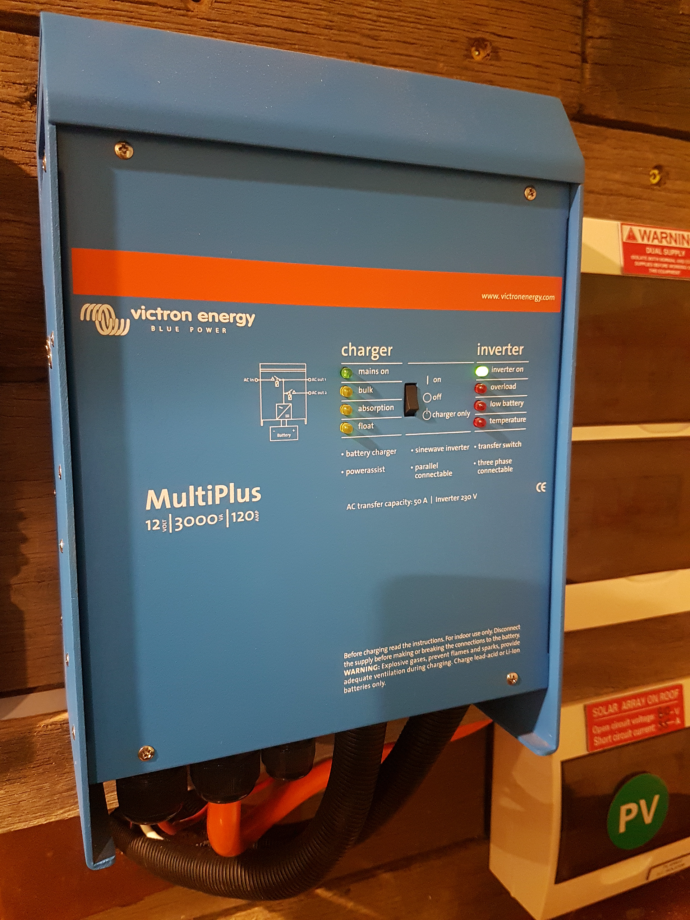
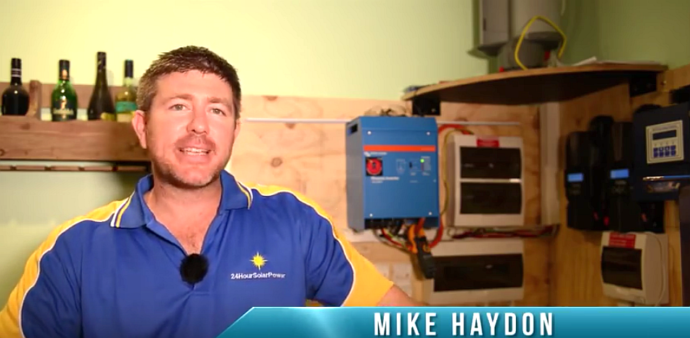
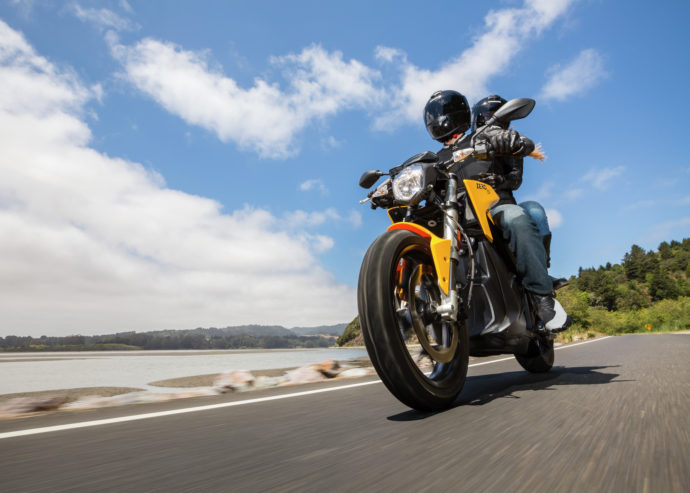
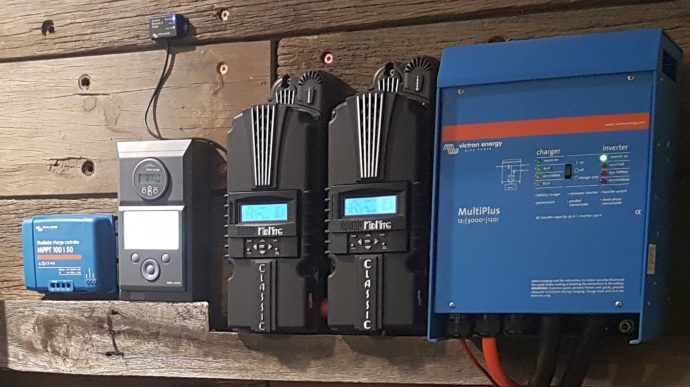
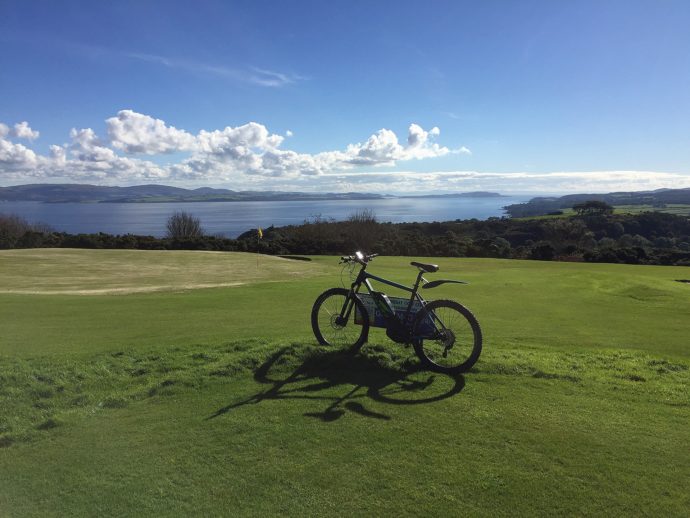
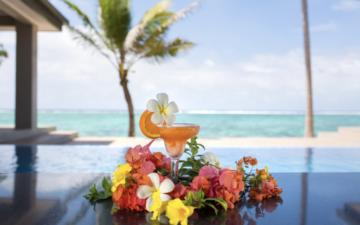

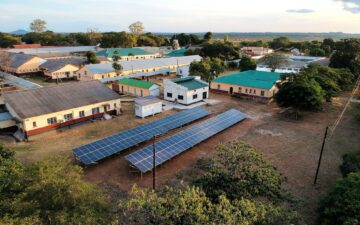









 #victronenergy #adventure
#victronenergy #adventure
 ELECTRICS
ELECTRICS 
